There was a brief period of respite at the beginning of August between the end of the Outsound New Music Summit and the start of a new job. Time was tight, so there wasn’t time for an extended odyssey in the deserts of southeastern California. But the north coast, specifically Humbolt County and the area around Eureka, were well within range for a two-day trip. I have never been that far north on the coast. I got an Airbnb in Eureka. I researched a mixture of industrial and natural spaces for photography and exploration. I even got a new lens for the big camera. And early on Saturday morning (or at least early by CatSynth standards), I was ready to go.
 Eureka is a direct shot up US 101 from San Francisco, about a four-hour trip in good conditions. It’s a major freeway up to the border between Sonoma and Mendocino counties, and then a mixture of an expressway and a two-lane road through the redwoods, with spots of freeway near major towns.
Eureka is a direct shot up US 101 from San Francisco, about a four-hour trip in good conditions. It’s a major freeway up to the border between Sonoma and Mendocino counties, and then a mixture of an expressway and a two-lane road through the redwoods, with spots of freeway near major towns.
I never made it to Eureka.

 The beginning of the trip was enjoyable and largely uneventful – and the Russian River gorge section after crossing into Mendocino County is spectacular. North of Ukiah, I felt like I was actually transitioning into exploration, as this was somewhat novel territory (technically, I had been as far north as Legget in 2013, but that was in the evening and rushed). Once CA 20 joins with 101 north of Ukiah, the combined route begins a long, steep grade into the hills. It is here where things started to go a bit wrong. The temperature gauge on the car, usually quite steady, suddenly shot up beyond the red “H”. This is definitely not good. I shut off the air conditioning and things calmed down a bit as we got into the new Willits bypass, a Super-2 limited access highway. North of the bypass, 101 becomes a steep windy road through the woods; the temperature gauge shot up again. This was definitely not good. I limped back to Willits to give the car a break and figure out next steps.
The beginning of the trip was enjoyable and largely uneventful – and the Russian River gorge section after crossing into Mendocino County is spectacular. North of Ukiah, I felt like I was actually transitioning into exploration, as this was somewhat novel territory (technically, I had been as far north as Legget in 2013, but that was in the evening and rushed). Once CA 20 joins with 101 north of Ukiah, the combined route begins a long, steep grade into the hills. It is here where things started to go a bit wrong. The temperature gauge on the car, usually quite steady, suddenly shot up beyond the red “H”. This is definitely not good. I shut off the air conditioning and things calmed down a bit as we got into the new Willits bypass, a Super-2 limited access highway. North of the bypass, 101 becomes a steep windy road through the woods; the temperature gauge shot up again. This was definitely not good. I limped back to Willits to give the car a break and figure out next steps.
I’ve been through Willits a few times, but never really stopped there. The little downtown has some cute old brick buildings. But I had no time to play – I needed to find a repair shop. Nothing showed up in Yelp as open. I probably should have called AAA at this time, but I did find an open shop in Ukiah, so I limped back. I drove conservatively, with the windows open, the vent fully open, and one eye on the temperature gauge.
I was relieved when I finally pulled into Tony Lopez Automotive. It was out a strange little industrial side-street south of downtown. Tony was clearly not pleased to have someone wander in with car trouble just as he was getting ready to close, but he was also chivalrous and ready to help out a damsel in distress. We got the car cooled down; and after a bit of diagnosis, he identified a small but pernicious radiator leak. The diagnosis took some time, and while I was sitting I noticed a rather interesting pile of old car parts. I snapped an iPhone photo, which became a Wordless Wednesday featured a couple of weeks ago.
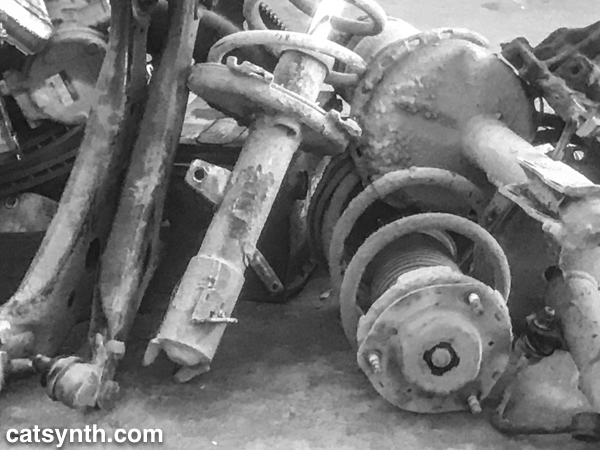
I regret not grabbing my better camera out of the car to get a higher-quality image, but it was not my priority at the time. And I do like the abstract quality the pixelation provides. Tony did notice the fancier equipment still in the car, though, and it sparked a conversation about my writing and photography and about this site. I wonder if he has checked it out.
Once things were ready, I left town – I would have loved to stay, but I was eager and anxious to get home. I also left Tony Lopez a glowing Yelp review. If you on 101 in the vicinity of Ukiah and need auto help, please patronize his shop and tell him that Amanda from San Francisco sent you.
The trip back to San Francisco was sad but uneventful, and in this case uneventful was good. I didn’t record the trip back on Highway☆, but here is the exact same trek that I did record on a short but happier trip in July.
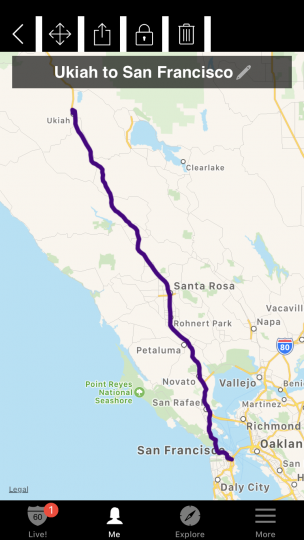
The engine temperature stayed within an acceptable range, and it was fine over the next few days in San Francisco, but the radiator definitely needed to repaired ASAP. This experience also cured me of any sort of “fun with highways” wanderlust for a while and I have remained close to home since then (except for μHausen). But the bug is starting to come back, and I might have to start exploring again. I might even make it to Eureka one of these days…
See more of Northern California and many other fascinating places in our Highway☆ app, available on the Apple App Store and Google Play Store.

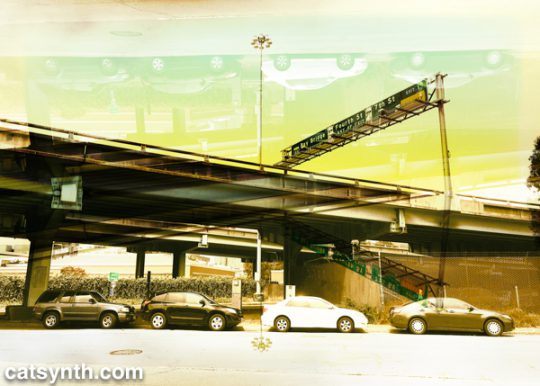


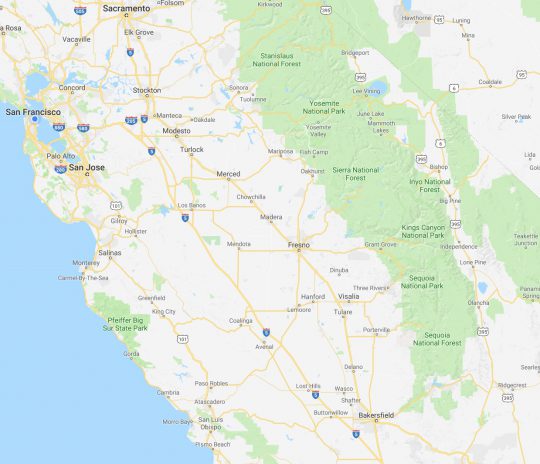



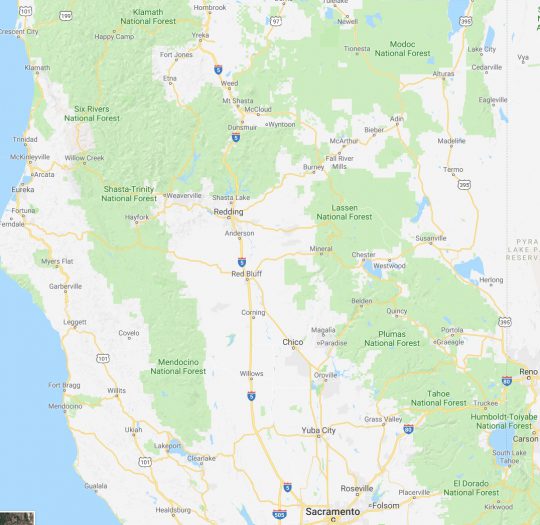
.png)

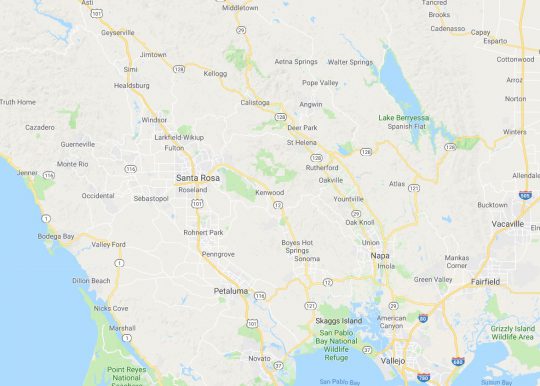
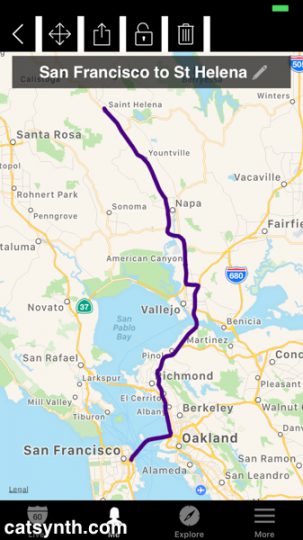


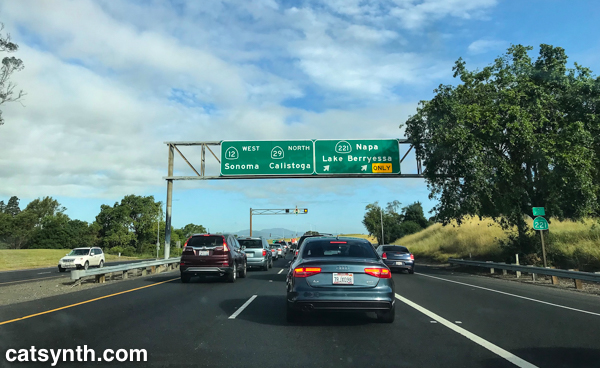
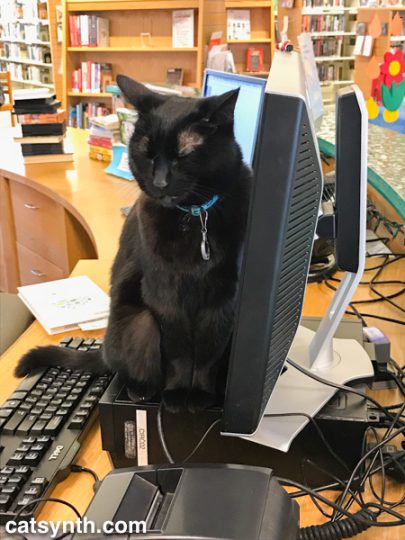
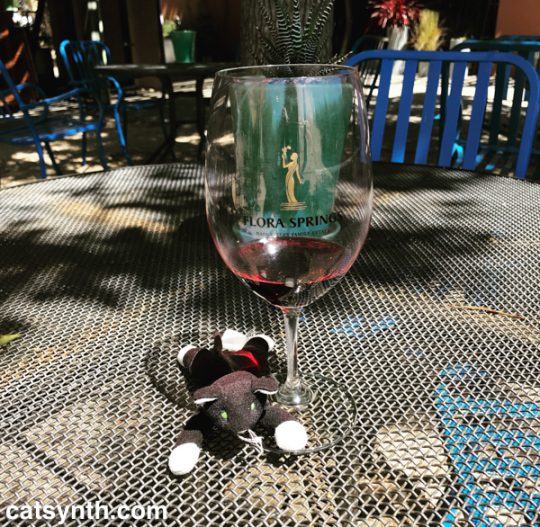
 Having enjoyed a full glass of both the Trilogy and Holy Smoke along with tastings of the standards, I decided I shouldn’t do anymore tasting for a while. But I still wanted to some more exploring. So instead of heading straight back south, I turned east onto Highway 128 in Rutherford towards Lake Berryessa, with the goal of finally completing the route. (Yes, I am weird that way.)
Having enjoyed a full glass of both the Trilogy and Holy Smoke along with tastings of the standards, I decided I shouldn’t do anymore tasting for a while. But I still wanted to some more exploring. So instead of heading straight back south, I turned east onto Highway 128 in Rutherford towards Lake Berryessa, with the goal of finally completing the route. (Yes, I am weird that way.)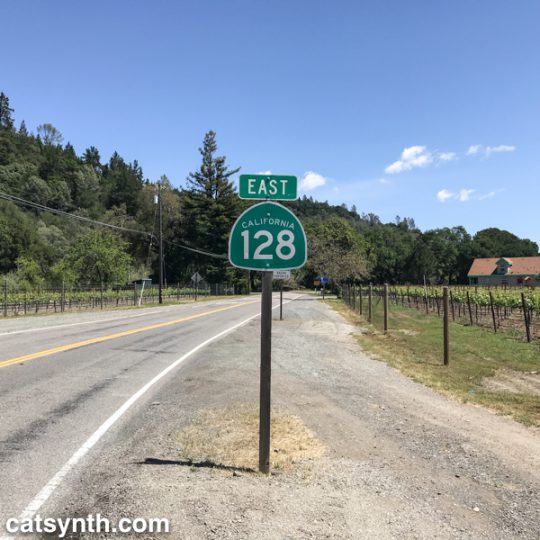
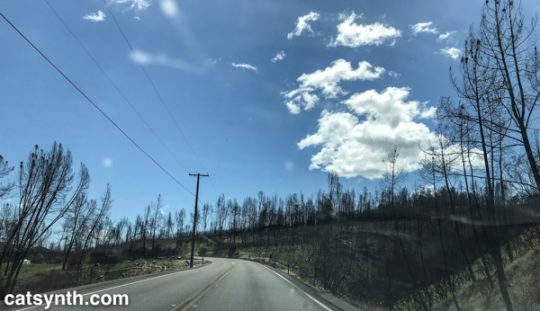
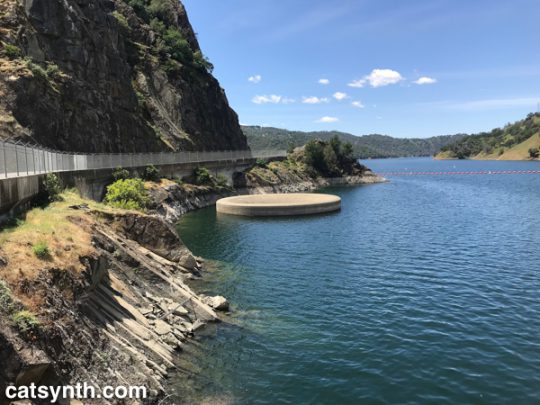
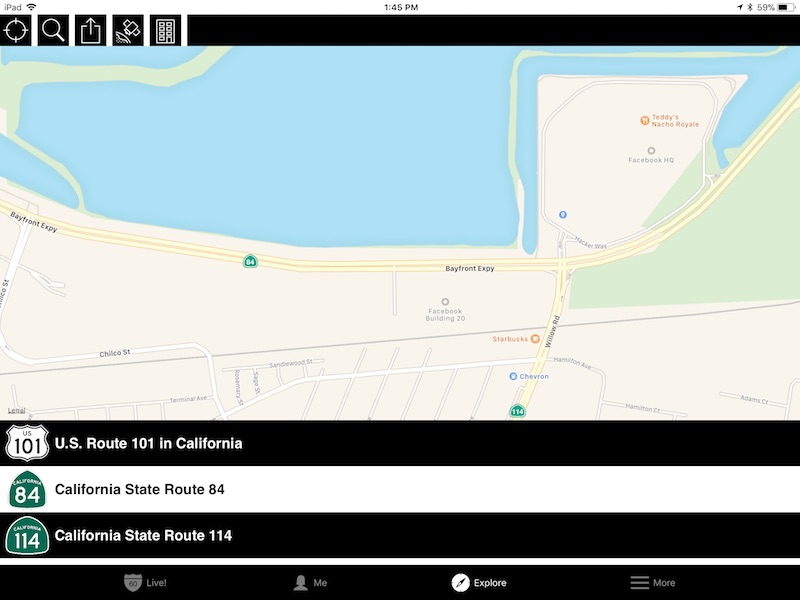


 As seen in the above screenshot from our
As seen in the above screenshot from our 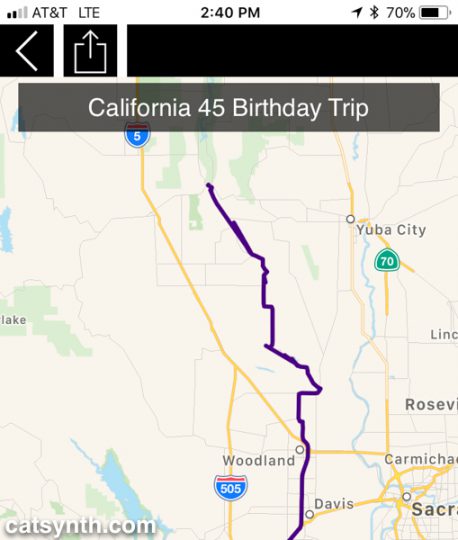
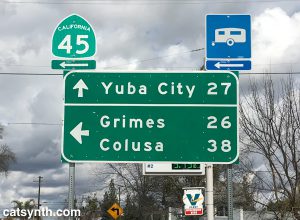
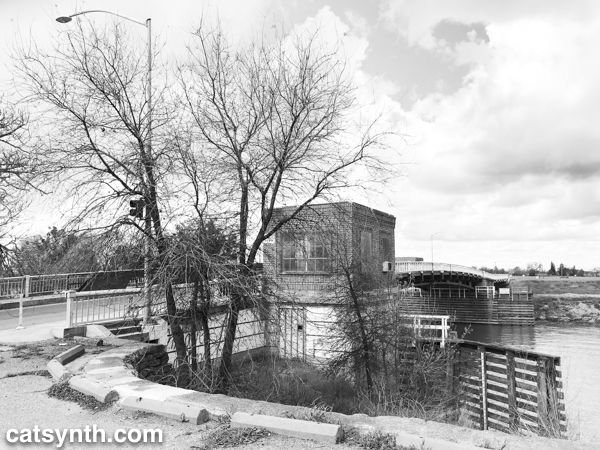
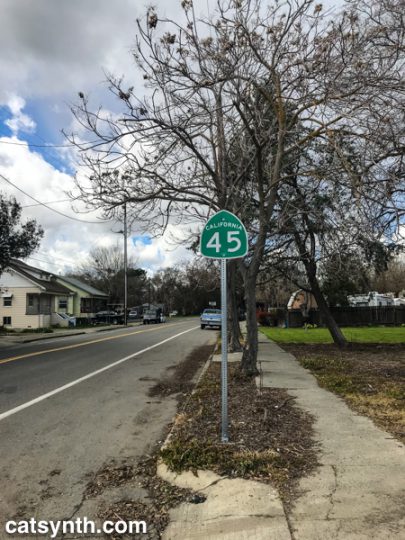
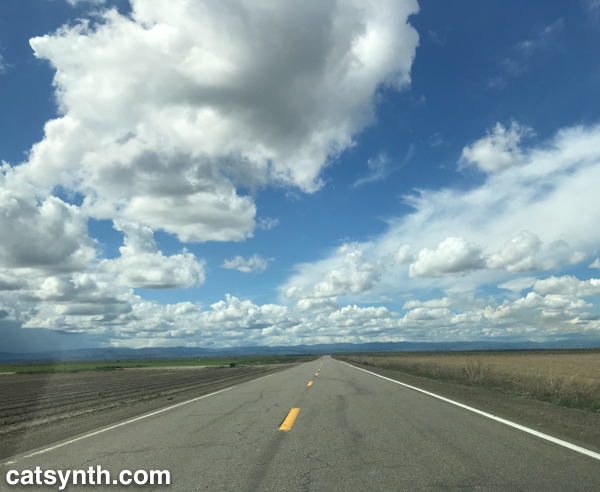
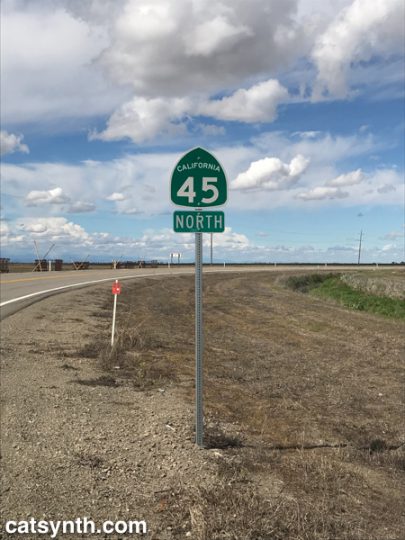
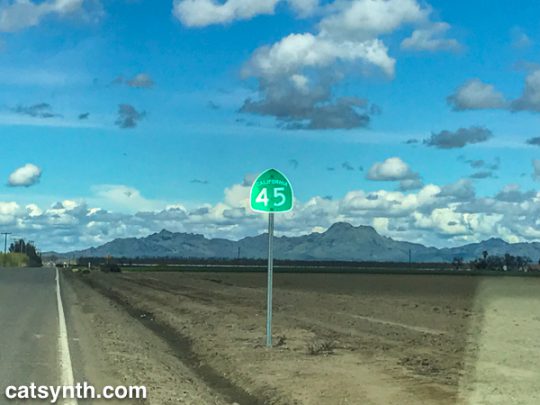
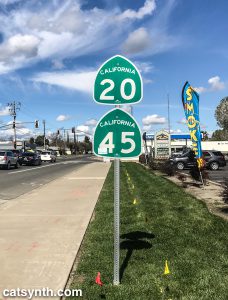
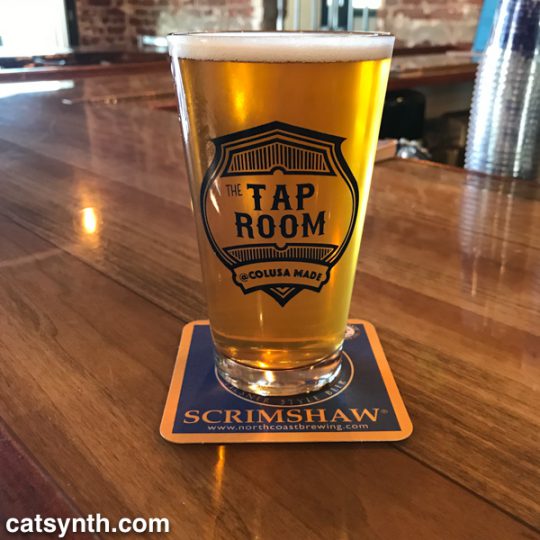
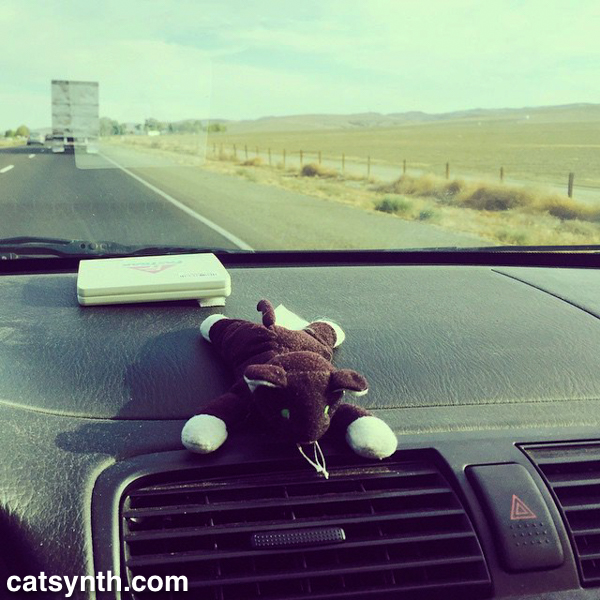
 I-5 takes a more direct route through the sparsely populated western side of the Central Valley, compared to CA 99 (former US 99) that connects the major towns and cities of the region, including Fresno and Bakersfield. The small communities that one does pass are related to travel on the interstate itself or to the farms and orchards that dominate the landscape between stretches of emptier space.
I-5 takes a more direct route through the sparsely populated western side of the Central Valley, compared to CA 99 (former US 99) that connects the major towns and cities of the region, including Fresno and Bakersfield. The small communities that one does pass are related to travel on the interstate itself or to the farms and orchards that dominate the landscape between stretches of emptier space.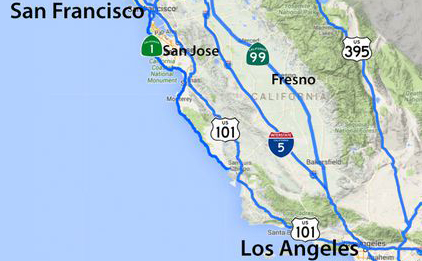
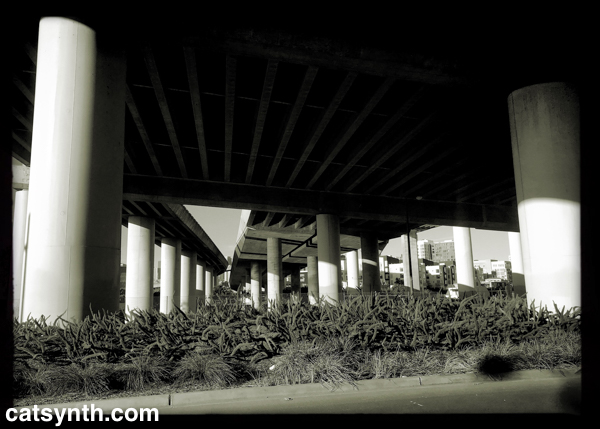
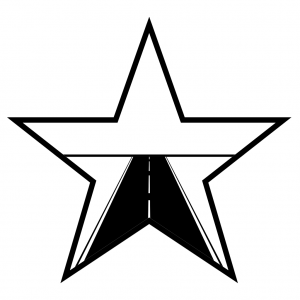
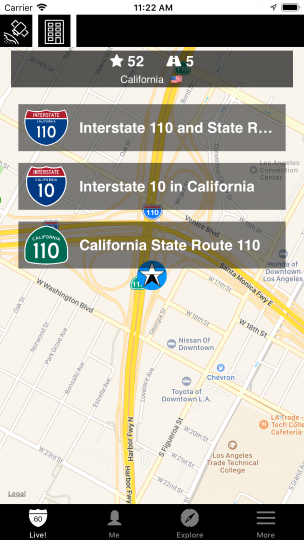
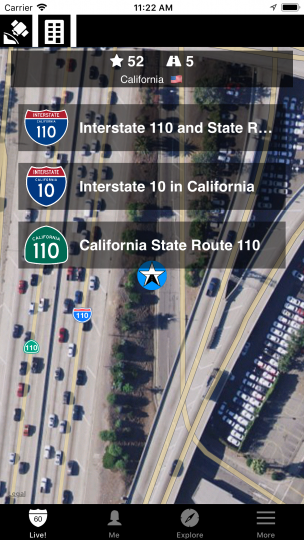
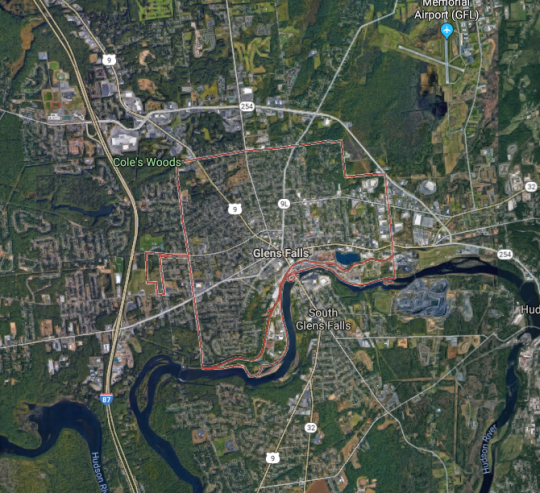



 As we can see from this map, it is just east of Interstate 87, here the Adirondack Northway, so the name for the beer is not at all surprising. US 9 also goes through the town center, as does one of its myriad auxiliary routes, NY 9L, and NY 32 which like US 9 and I-87, follows the Hudson River.
As we can see from this map, it is just east of Interstate 87, here the Adirondack Northway, so the name for the beer is not at all surprising. US 9 also goes through the town center, as does one of its myriad auxiliary routes, NY 9L, and NY 32 which like US 9 and I-87, follows the Hudson River.